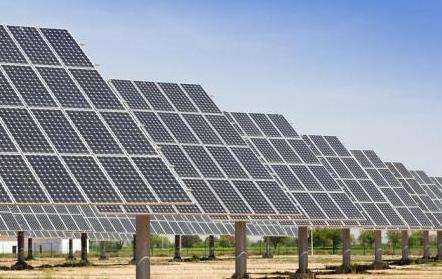The wind turbine part - it converts wind energy into mechanical energy; the generator part - it converts mechanical energy into electrical energy. According to the different structural types used in these two parts of the wind turbine, as well as the different characteristics of the technical solutions they adopt, coupled with their different combinations, wind turbines can be classified into various categories.
1. According to the direction of the main axis of rotation of the fan (that is, the relative position of the main axis and the ground), it can be divided into: "horizontal axis fan" - the rotation axis is parallel to the ground, and the impeller needs to change with the wind direction. And adjust the position; "vertical axis fan" - the rotating axis is perpendicular to the ground, the design is relatively simple, and the impeller does not have to adjust its direction as the wind direction changes.
2. According to the number of blades, they can be divided into "single blade", "double blade", "three blade" and "multi-blade" type fans; the number of blades is determined by many factors, including air Power efficiency, complexity, cost, noise, aesthetic requirements, etc. Large wind turbines can be composed of 1, 2 or 3 blades. Wind turbines with fewer blades usually require higher rotational speeds to extract energy from the wind, and therefore are noisier. And if there are too many blades, they will interact with each other and reduce system efficiency. Currently, 3-blade wind turbines are the mainstream. From an aesthetic point of view, the 3-blade wind turbine looks more balanced and beautiful.
3. According to the direction in which the fan receives the wind, there are "upwind type" - the front of the impeller faces the wind direction (that is, rotating in the wind in front of the tower) and "downwind type" - the impeller Back to the wind direction, two types. Upwind fans generally require some kind of steering device to keep the impeller facing the wind. The downwind fan can automatically align itself with the wind direction, thus eliminating the need for a direction adjustment device. However, for downwind fans, because part of the air passes through the tower and then blows toward the impeller, the tower interferes with the airflow flowing through the blades, forming the so-called tower shadow effect, which reduces performance. (Generally common fans are upwind fans, and Mingyang Wind Power’s double-blade fans are downwind fans)
4. Other common classifications: According to the different mechanical connection methods of power transmission, they can be divided into " There are gearbox-type fans" and "direct-drive fans" without gearboxes. According to the power adjustment method of the blade receiving wind energy, it can be divided into: "fixed pitch (stall type) unit" - the connection between the blade and the hub is fixed, and "variable pitch unit" - the blade can rotate around the center of the blade The shaft rotates so that the angle of attack of the blade can be adjusted and changed within a certain range (generally 0 to 90 degrees). According to whether the impeller speed is constant or not, it can be divided into: "constant speed wind turbines" and "variable speed wind turbines". According to the classification of generator types of wind turbines, they can be divided into two major categories: "asynchronous generator type" and "synchronous generator type". According to the output voltage of the wind turbine, it can generally be divided into: "high-voltage wind turbine" - the output voltage of the wind turbine is 10~20kV, or even 40kV, which can save the step-up transformer of the wind turbine and directly connect to the grid.. "Low-voltage wind turbine" - the output voltage is below 1kV, and most of these models are currently on the market.














